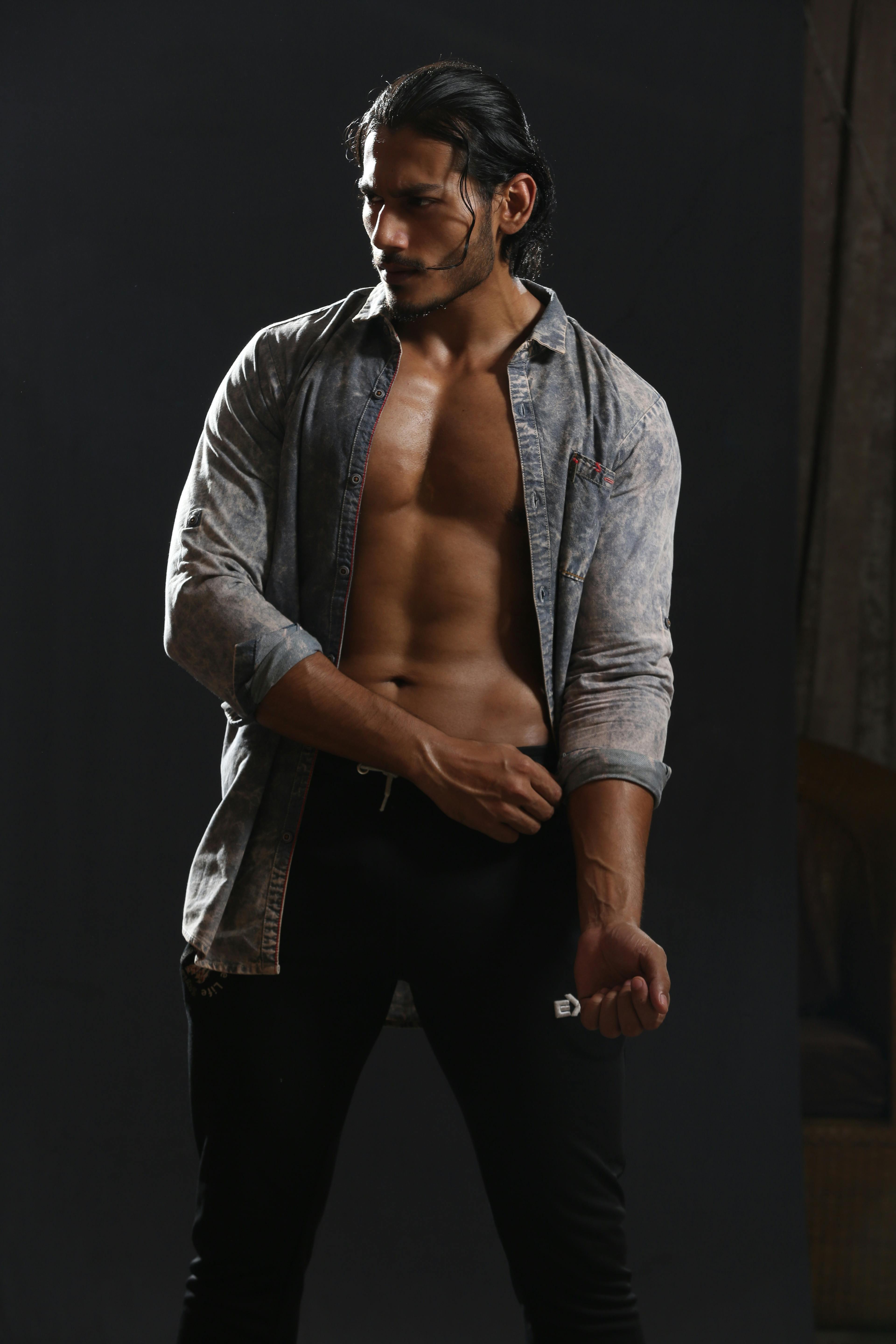Smart Ways to Explore Bara Comics for Modern Enthusiasts in 2025
Bara comics have emerged as significant players in the evolving landscape of comics, capturing the hearts and minds of many. Focused on gay romantic themes and featuring male characters depicted in various relationships, these comics offer rich narratives and unique artistic styles. Today, more than ever, the growing interest in LGBT representation in media signals a transformative shift in comic book culture. This article aims to guide modern enthusiasts through the diverse world of bara comics, unveiling fascinating storytelling techniques, the art style unique to this genre, and its contribution to broader LGBTQ representation.
As we venture into the realms of bara manga and its associated themes, readers can expect to learn about the foundational genres within manga, recommendations for beginners, key artists to explore, and how to engage with various manga communities. Moreover, we will highlight the importance of representation, character development, and intimacy in these narratives. Whether you're an experienced comic book fan or new to this genre, there's plenty to discover!
Key takeaways from this exploration include deep insights into character dynamics in critical works, guidance on engaging with the comic community, and an overview of the rising popularity of creative storytelling formats like webtoons that continue to flourish alongside traditional comic book publications.
Understanding the Foundations of Bara Comics
To fully appreciate bara comics, it’s essential to understand their unique characteristics and cultural significance. Originating in Japan, bara manga is often created by and for gay men and contrasts with shounen-ai, which appeals to a more general audience. This divergence showcases the distinct narratives and expressions of masculinity explored within these genres. The term "bara" itself translates to "rose," often symbolizing masculinity and romantic relationships between male characters.
What sets bara comics apart from other graphic novels and manga genres? Primarily, they encapsulate complex themes encompassing love, relationships, and sexuality. Within the vibrant illustrations, readers may find underlying societal themes, emotional complexity, and richly developed characters that foster a connection with audiences. For readers looking for narratives that challenge traditional gender roles, exploring intimacy in comics, or emphasize the emotional connections between characters, bara comics provide a wealth of stories to delve into.
By understanding the cultural context and historical development of bara, readers begin their journey into grasping the larger implications of representation in comics. The emergence of diverse narratives within the genre serves as a reflection of changing times and progressive themes in LGBTQ narratives.

Exploring Themes in Bara Comics
Bara comics are rich in themes that resonate with a wide array of audiences, touching on love, friendship, struggle, and self-acceptance. The exploration of intimacy is prevalent in many narratives, where characters grapple with their identities, societal expectations, and the process of developing close relationships. This creates an engaging reading experience that allows readers to explore their perspectives on sexual orientation and emotional connections.
Complex characters populate these stories, often displaying multifaceted backgrounds and motivations that enrich the narrative. For instance, stories frequently delve into the juxtaposition of masculinity and vulnerability, challenging societal norms and expectations. This portrayal often enables readers to connect deeply with the characters and their journeys, encouraging a narrative exploration of queer identities.
Additionally, many bara comics engage with broader themes such as mental health and self-acceptance, representing a significant contribution to discussions surrounding LGBTQ+ representation. By portraying realistic and sometimes sensitive issues within their plots, these comics not only entertain but also inform and engage the readers.
The Art Style of Bara Comics
The distinctive bara art style plays a vital role in the storytelling process. Emphasizing detailed character design and physical expression, the visuals in these comics often reflect the characters' emotional journeys. The utilization of dynamic imagery serves not only as an aesthetic choice but as a means of enhancing the depth of the narrative. Readers may find that the art captures subtle emotional nuances, creating a vivid storytelling experience.
Common techniques in bara art include exaggerated musculature, expressive facial art, dramatic lighting, and composition that draw readers into the interaction between characters. This engaging visual language heightens the exploration of themes such as masculinity, intimacy, and vulnerability, which are central to these works.
Artists in this genre often employ a mix of traditional and modern styles, utilizing digital illustrations to create vibrant webtoons that appeal to contemporary audiences. Various indie comics creators also bring innovation to the format, allowing for unique art styles that reflect personal interpretations of male relationships, fantasy narratives, and erotic storytelling.

Recommendations for Exploring Bara Manga
For newcomers to bara manga, diving into the vast ocean of available titles may seem daunting. To kick off your reading journey, consider starting with anthology collections and popular series that exemplify the talents of well-known bara artists. These collections often provide a glimpse into the recurring themes found within the genre, along with different narrative styles and artistic approaches.
Popular titles worth exploring include works by artists like Gengoroh Tagame, known for tackling themes of desire and masculinity, as well as other respected manga creators who employ unique storytelling techniques and character development. Many series delve into the intricacies of love stories that transcend mere physical attraction, focusing instead on emotional connections and character dynamics, which enhances the overall reading experience.
Engaging with Manga Communities and Fandoms
As you immerse yourself in bara comics, engaging with manga communities opens pathways to discovering new artists, series, and recommendations. Various online platforms, including forums, social media groups, and webcomics sites, serve as vibrant hubs for fans to exchange insights and express their love for this genre.
Participating in comic conventions also provides an exciting opportunity to meet fellow enthusiasts and diverse artists while celebrating the rich world of queer-themed comics. Hosting discussions and panels about representation in comics can foster important conversations surrounding identity and inclusivity in the medium.
Building connections with others not only expands your knowledge of bara but also deepens your appreciation for the artistic endeavors of manga creators dedicated to representing LGBTQ identities and experiences in their works.
Incorporating Graphic Novels into Your Collection
Graphic novels serve as another avenue for exploring LGBTQ narratives, often delivering more in-depth storytelling and complex character development. When looking to build your collection, consider selecting works that feature diverse characters and themes that resonate with your personal experiences or interests.
Contemporary graphic novels are gradually reflecting the increased societal acceptance of LGBTQ+ identities, showcasing stories that are authentic and representative. By supporting authors who challenge societal norms through their storytelling, you're contributing to the larger movement toward greater inclusivity within the comic book industry.
The rise of digital comics has further facilitated accessibility and engagement, allowing readers to easily find and explore graphic novels tailored to nuanced queer narratives, resulting in a broader appreciation for diverse comics.
Q&A: Diving Deeper into Bara Comics
1. What distinguishes bara comics from other manga genres?
Bara comics focus primarily on male relationships and are often created by gay men for a gay male audience. This contrasts with other manga genres like shounen-ai or yaoi, which are typically aimed at larger audiences and may present a more romanticized view of these relationships.
2. Are bara comics suitable for younger audiences?
While some bara comics may contain mature themes and graphic depictions of relationships, there are also many options that explore emotional connections without falling into explicit content. Readers should check ratings and author notes before diving into a particular title to ensure it meets their preferences.
3. How can I find new bara artists and comics to support?
Following indie creators on social media platforms, joining comic book forums, and exploring self-published works will uncover diverse artists and unique stories. Many creators share freebies or previews that can help you gauge your interest.
Conclusion: Celebrating the Impact of Bara Comics
Bara comics represent a vital and flourishing genre within the broader context of comic book culture, capturing the nuances of male relationships and offering rich narratives that resonate with many readers. As the industry evolves, enthusiastic fans stand at the forefront of supporting diverse stories and creators that champion representation.
By exploring bara manga, appreciating the distinct art styles, and engaging within the communities that celebrate these narratives, modern enthusiasts can build a profound understanding not just of the genre itself, but of the collective experiences and identities it portrays.
In 2025 and beyond, the influence of baranud in the comic book realm will continue to offer fresh perspectives on love, friendship, and identity—one illustrated story at a time.
